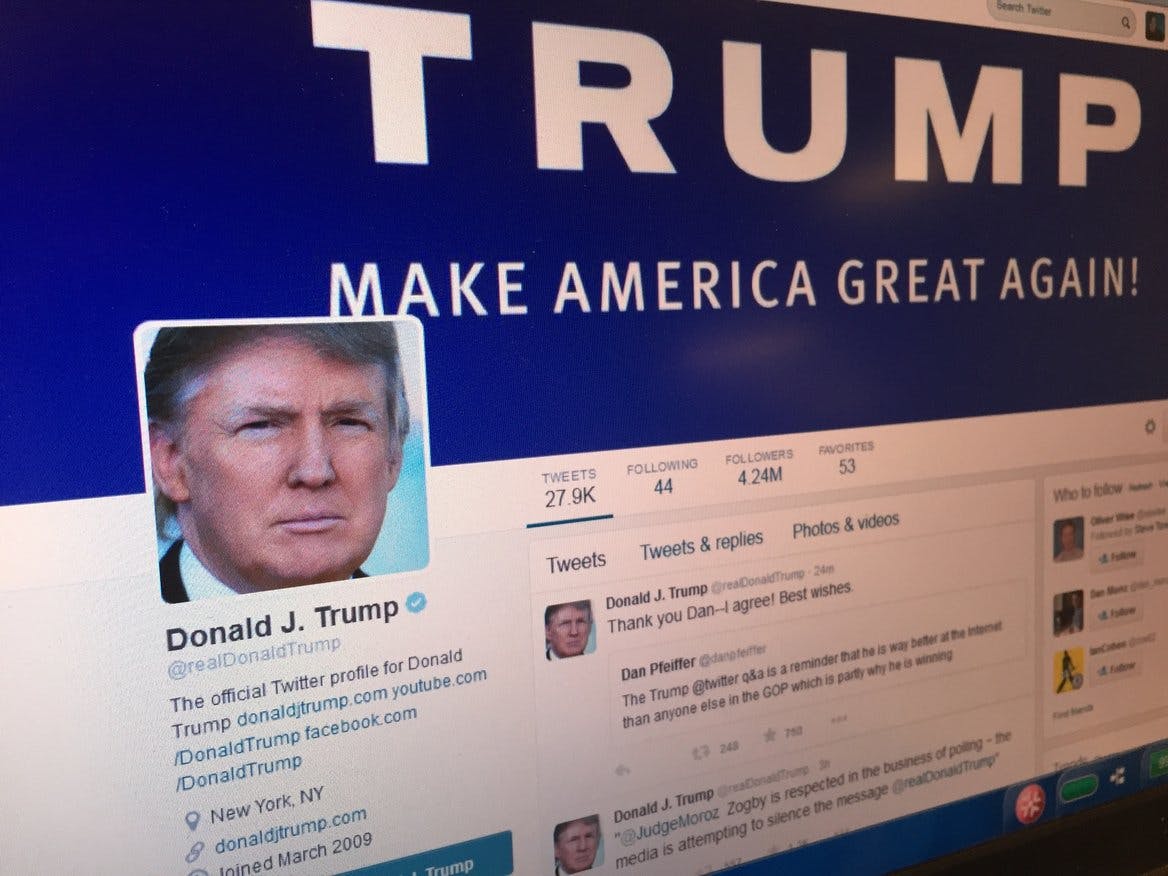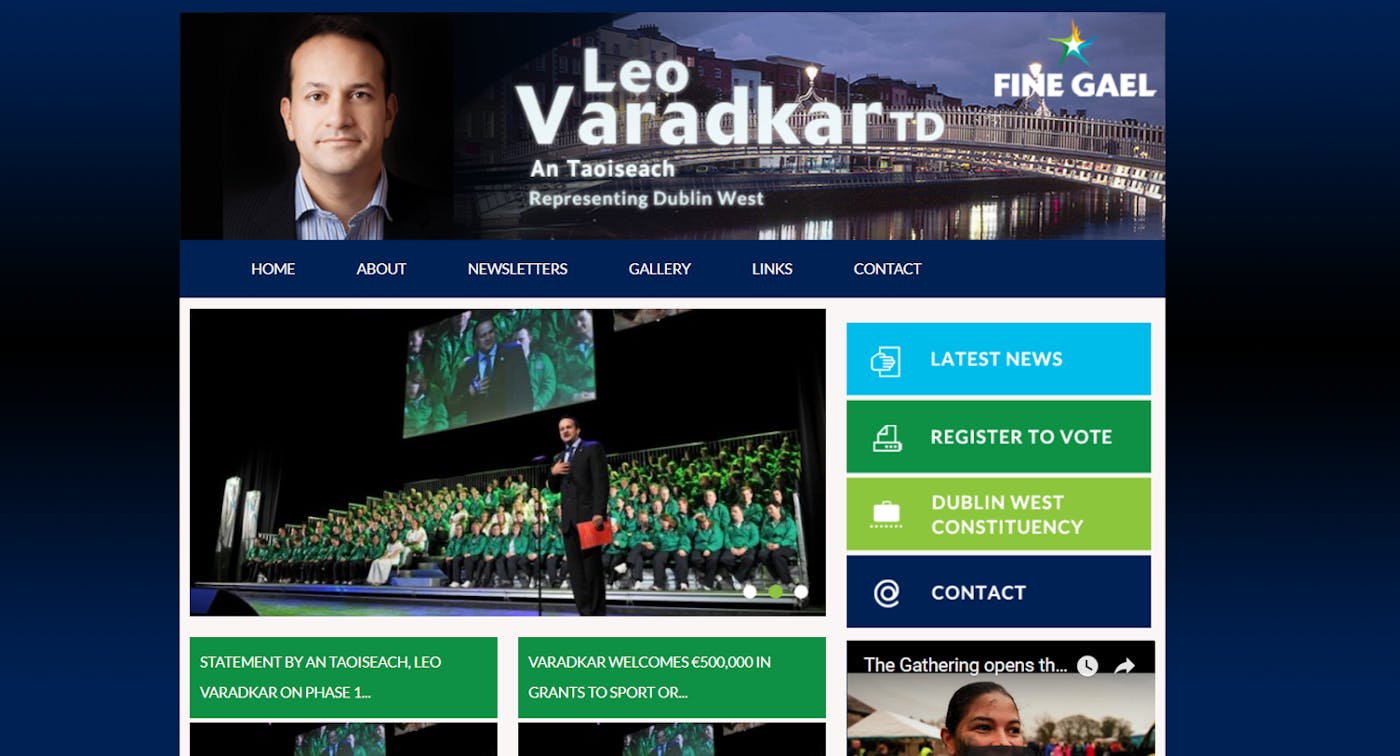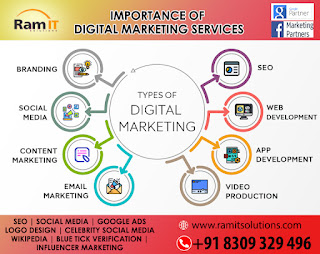Growth Hacking: Top 12 Best Techniques to Boost Conversions
What is Growth Hacking
The definition of growth hacking isn't easy to nail down, but to me, growth hacking means rapidly experimenting with different marketing tactics, advertising efforts, web design decisions, and other tasks to quickly convert leads and generate sales
If you fall into that camp, don’t worry. You’re not alone. Plus, I’m going to eliminate your confusion today.
I’m a huge fan of growth hacking and its potential impact on my businesses as well as those of my clients. By hacking growth and taking less-traveled paths, you can find yourself ahead of your competitors.
Let’s take a deep dive into growth hacking and figure out how you can use it effectively.
More importantly, when it comes to growth hacking, it is less important to take into consideration cost-benefit analyses, expenses related to marketing and advertising, or any other metric.
By definition, growth hacking focuses almost exclusively on — you guessed it — growth.
12 Best Growth Hack Techniques and Tips to Boost Conversions
If you’re ready to try growth hacking tactics and strategies now, I’m going to give you 12 places to start. Use these techniques to boost conversions, but also to build growth in all other areas of your business.
Growth is often linked to sales, but other metrics matter too. For instance, if you’re getting more social media followers, collecting more email addresses, and getting more comments on your blog, your business is growing in different ways.
Let’s take a look at my top 12 growth hacking strategies. You can start any one of them today.
1. Find social media platforms your competitors aren’t using

If you’re in a competitive industry, you might not be able to dominate Twitter or Facebook. Consider looking for smaller social networks, such as Profit.ly for stock traders or The Dots for creatives.
When you can dominate a social media platform over your competitors, you have unfettered access to your audience. Additionally, you can funnel traffic from your website to the social platform and vice versa, creating a nice environment for making good use of your audience.
There are lots of ways to approach this growth hack. Maybe you’ve heard your audience members talking about a site, so you investigate it. Then you start posting. Before you know it, you have a rabid fan base.
2. Partner with another company to share audiences
Speaking of audiences, partnerships are the unsung heroes of the growth hacking world. If you have an audience of 50,000 members and another entrepreneur in a related field has an audience of 50,000 members, you can work together to reach 100,000 people.
You’re not looking for a direct competitor. Instead, focus on finding a business that complements your own. For instance, maybe you sell homemade pet food. You could partner with a business that sells pet toys or personalized collars.
Reach out to prospective partners with an email or phone call.
Come ready with ideas for ways to blend your audiences in organic ways, such as by tagging one another on social media, offering product bundles that combine your products, or even something as simple as cross-posting on each others’ sites.
3. Give something away for free
There’s a reason people shop at Costco. It’s not for the 52-roll pack of toilet paper. It’s for the free snacks.
I’m kidding, of course, but freebies are a tried-and-true way to get people interested in your brand — and fast.
A well-advertised social media giveaway is one option. Hype it in as many places as possible to garner participation. You can also reward people for sharing your giveaway with their friends.
Or maybe you offer something special with every product your customers buy. I mentioned homemade pet food earlier. Maybe each new customer gets a free special treat for his or her furry companion.
4. Conduct constant A/B testing

I can’t tell you how much A/B testing matters when it comes to growth hacking. If something isn’t working, you won’t know why until you test it against a variation.
I recommend testing everything, but start with the most conversion-heavy areas of your website:
Focus on one area of each page at a time so you don’t skew your results. If you change more than one variable, you won’t know which impacted the outcome.
Use Crazy Egg to set up A/B tests on your website after you’ve run user behavior reports like Heatmaps, Scrollmaps, Confetti reports, and List reports. When you have data in hand, your A/B tests become much more effective because you know what to test.
5. Change up your landing page layout
If your landing page doesn’t excite your audience, maybe it’s time to go back to the drawing board. This is especially true if you’ve already A/B tested everything, and you’re still getting low conversions.
Think about the landing page in a whole new way. What would convince you to convert if you were the customer?
Maybe you’re targeting a younger audience that thrives on video games. By gamifying your landing page, you make it much more enticing.
I’ll go back to my pet food example. You could create a series of questions about the visitor’s pet to help determine what type of food would be best for him or her.
6. Invite your audience to email you
I’ve done this a few times and with great success. Flying in the face of conventional email marketing wisdom, I occasionally invite my entire email subscriber list to email me back with questions, comments, or answers to a question I’ve posed.
DoNotReply email addresses close off communication. They send a subtle message: I don’t want to hear from you.
By opening the lines of communication, you can start conversations and glean fascinating information from your audience.
7. Attend small, local events
A true growth hacker doesn’t eliminate any potential avenues that might lead him or her toward a goal. This includes going offline to encourage growth.
If you have small, niche-related events in your area — or even out of town — consider attending. You can go as a guest or reserve a booth for your business.
Meeting people face-to-face, shaking their hands, and asking them about their needs can make you a more attractive solution than a faceless company.
8. Get interactive
I’ve mentioned before that interactive content has become all the rage. From infographics and quizzes to calculators and animated video, people love interacting with content online.
Why don’t you create some of that content for yourself?
It’s never been easier to hire someone to build interactive content for you. Sites like Upwork and Fiverr are populated by professionals who can create whatever you want. Read reviews, interview potential hires, and start building.
9. Issue a challenge
A great way to create a positive relationship with your audience and to boost your credibility is to issue a challenge. It could be related to a personal growth goal, a charitable cause, or a creative endeavor.
For instance, millionaire penny stock trader Tim Sykes issued a Trading Challenge. He has used his training program to create several millionaires as well as many more six-figure traders.
The trick here is to make it something that isn’t available to everyone. Tim invites people to apply to his challenge — not to join.
Similarly, inspiring people to contribute to a charitable cause can help the charity while amplifying your voice. Getting involved in something you care about will naturally draw others to you.
10. Broadcast your personality
I talked about Gary Vee before. Many of his fans and followers don’t even know he got his start selling wine.
People love Gary Vee because of his personality. No matter what medium he uses to communicate, he’s unabashedly himself.
If you have a strong personality, use it to your advantage. Become the face of your brand, and inspire and help others. Growth hacking often involves figuring out what you can do for others before you ask for a conversion or sale.
11. Offer a freemium option
If you own a software or SaaS company, you might consider developing a freemium model. This works great for apps of all kinds.
Offer something for free. It might not do much, but it’ll get people in the gate.
Once they see that they can benefit from your product, they’ll want more of it. Some people will never convert into paid users, but you want to focus on the onboarding process.
It’s easier to retain customers than to acquire them. That’s why the freemium model works so well. You already have leads on the line. You just have to convince them they want the paid version of your product.
12. Build a free, useful tool
Growth marketers, including myself, are starting to realize the amazing benefits of free tools. You might know that I bought Ubersuggest among other tools. I’m making them better every day because I’ve found that they generate tons of traffic.
You can do the same.
Start Your Growth Hack Strategy Now
Are you ready to call yourself a growth marketer? Growth hacking doesn’t come easily or naturally to everyone.
Start with a list of the best growth hacks for your business. Use the list I provided above to give you a head start.
Once you have a few strategies mapped out, implement them fast. Don’t second-guess yourself. Act.
Use Crazy Egg to test your theories and monitor performance. Maybe you’re getting a ton of traffic on your landing page, but nobody converts. You need to figure out why that page isn’t working.
It could be the offer, the design, or the headline. You won’t know until you test.
Some of your growth hacking strategies will fail. That’s fine. Just stop doing those things and move immediately to the next thing. That’s how a growth hacker’s mindset works.
Conclusion

Growth hacking is often confused with conversion marketing and lead generation. It’s actually much different.
A growth hacker doesn’t care about all the little metrics. He or she wants to cause exponential growth in the shortest possible timespan.
Sometimes, that means throwing money at customers via advertising, giveaways, contests, and free gifts. On other occasions, grassroots incentives work better.
Only you know what’s best for your particular business. Try at least three of these growth hacking tips and get back to me on how they worked.
Source from https://www.crazyegg.com/













